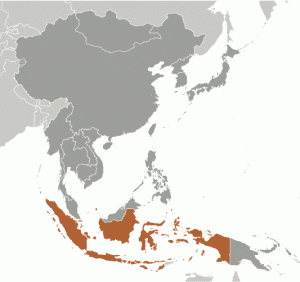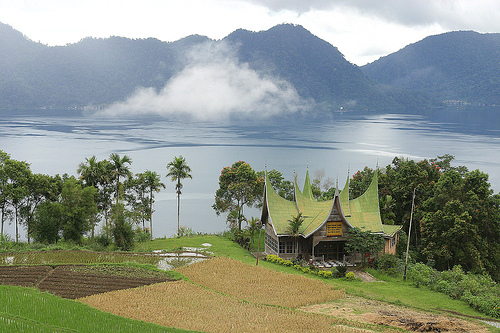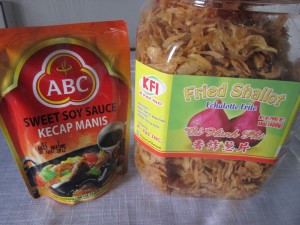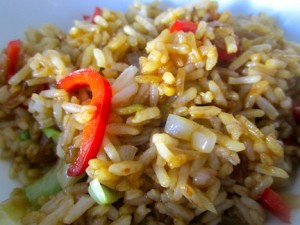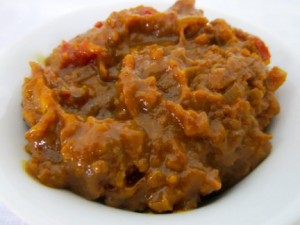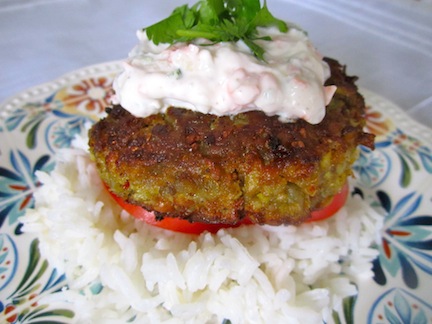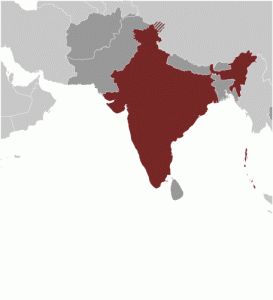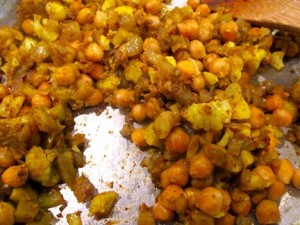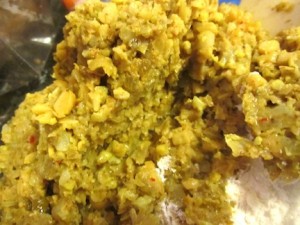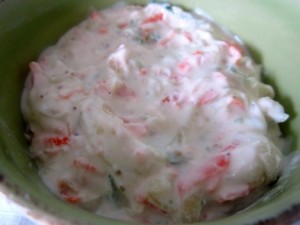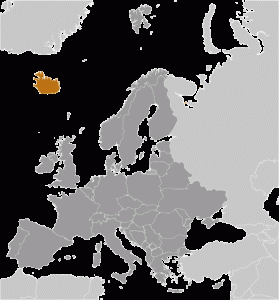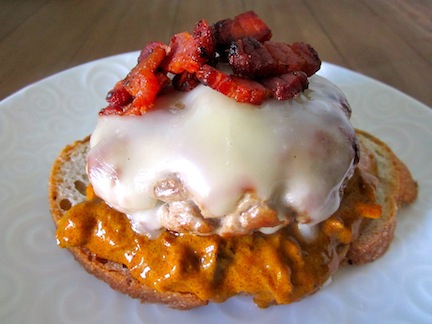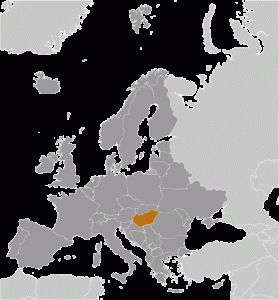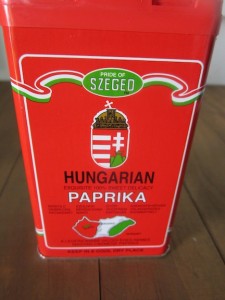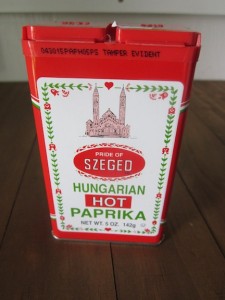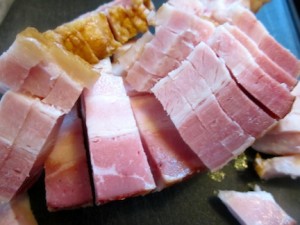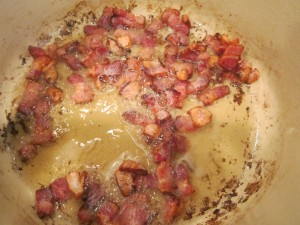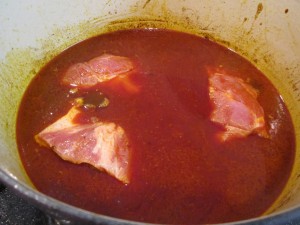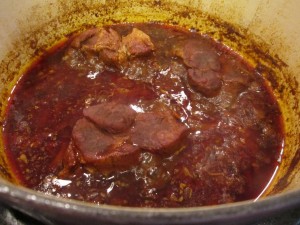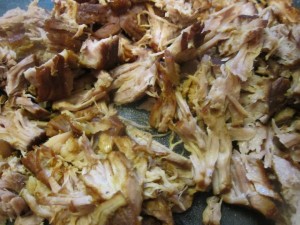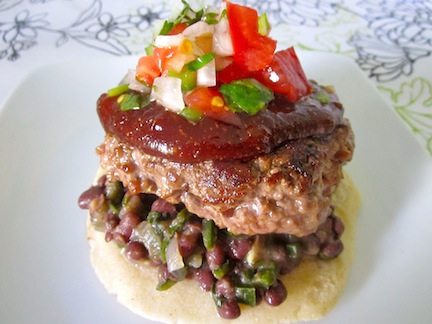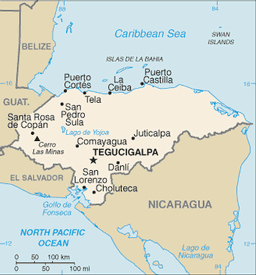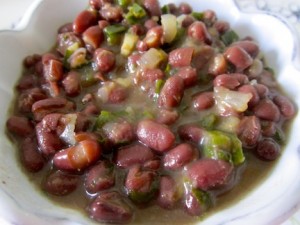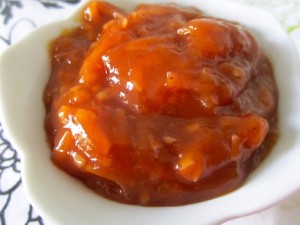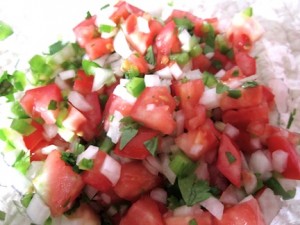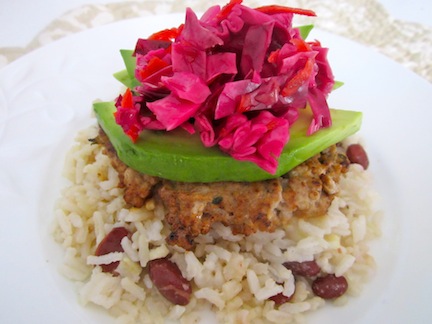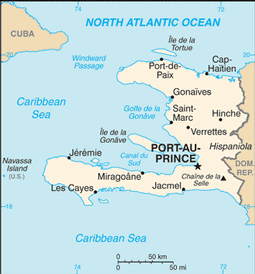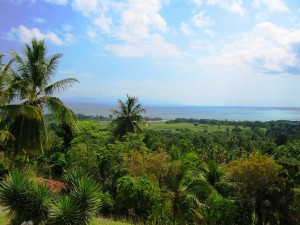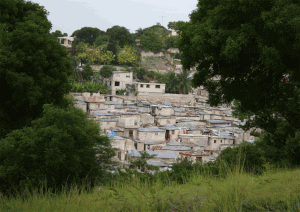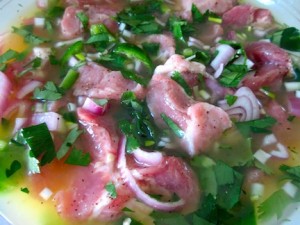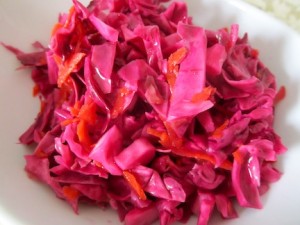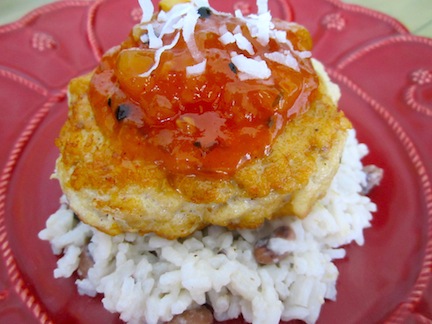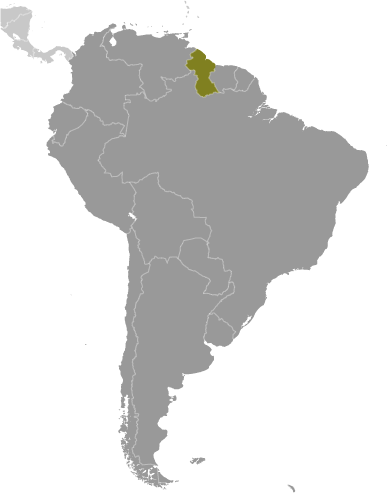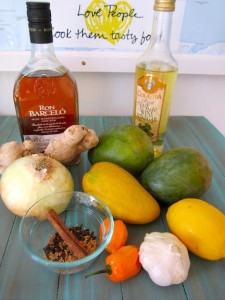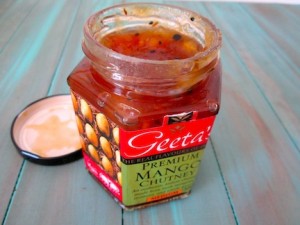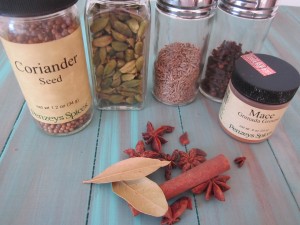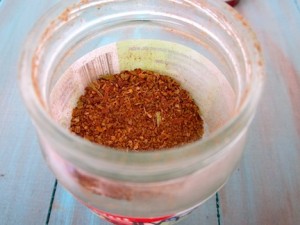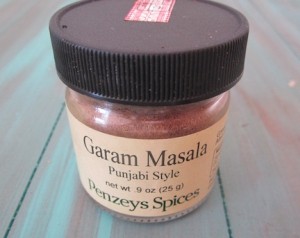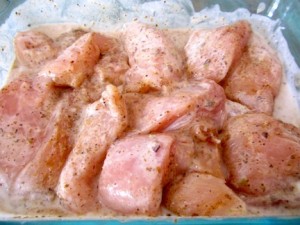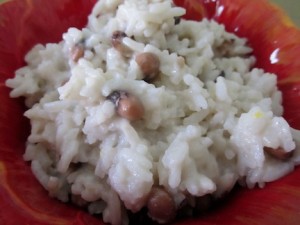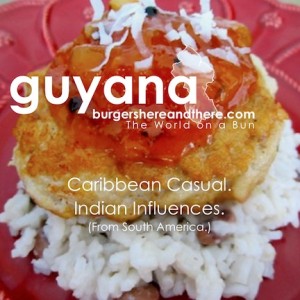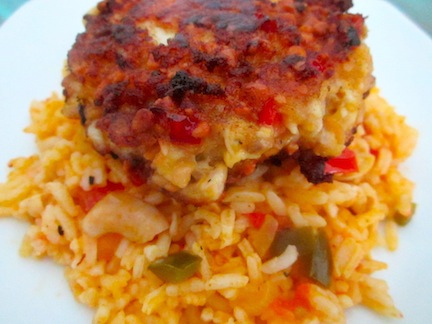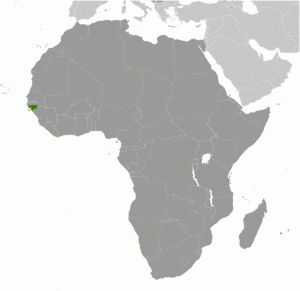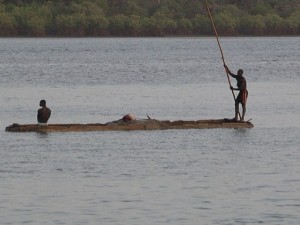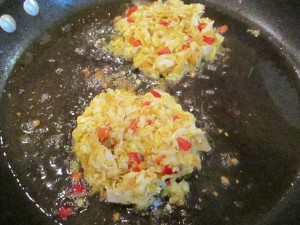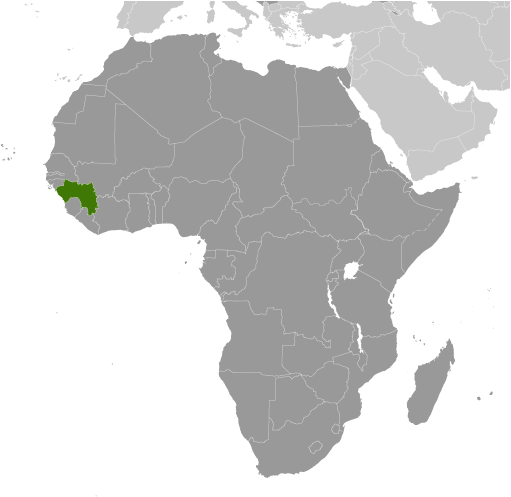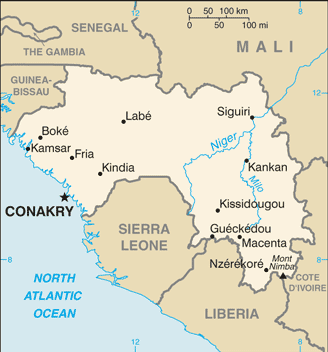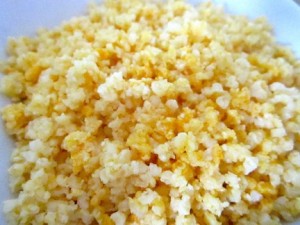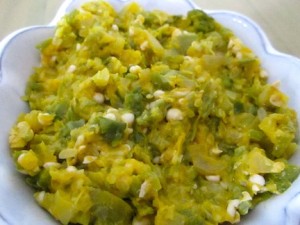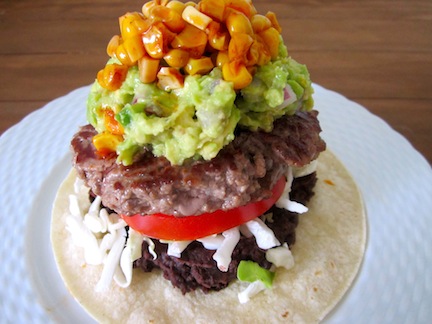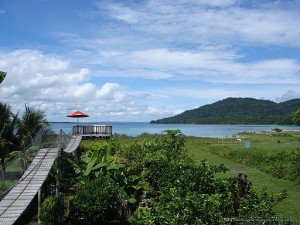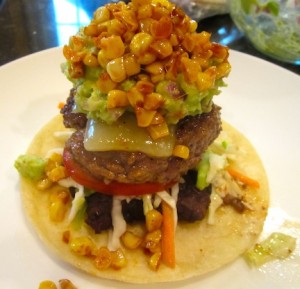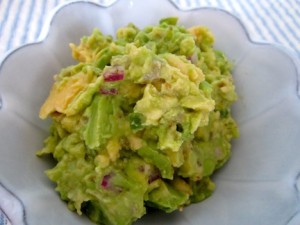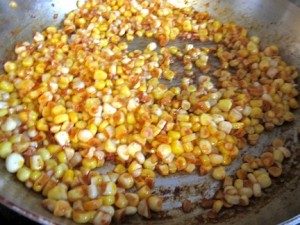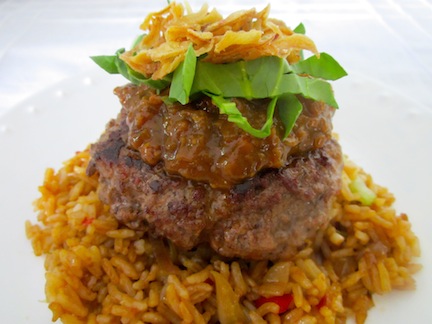 Rendang Spiced Burger with Indonesian Fried Rice
Rendang Spiced Burger with Indonesian Fried Rice
I have to admit that I do have some favorites among the cuisines of the world. I didn’t know it before I started researching this burger, but Indonesian cuisine is definitely a favorite. Indonesia is the largest archipelagic state in the world, it is made up of 17,500 islands 6,000 of which are inhabited. It’s located in Southeast Asia and Oceana and borders Malaysia, Papua New Guinea and East Timor and is the 4th most populous nation in the world.
And let me tell you, Indonesia is gorgeous. Drop dead gorgeous – mountains, beaches, ancient ruins, all sorts of amazing things to see. A trip here is definitely on my bucket list, but given that it’s half way around the world, it seems unlikely that I’ll get there soon. In the meantime, I can enjoy the food and dream 🙂
My husband insists that I mention the ring of fire. I’m pretty sure that’s because he has an uncommonly deep voice and can actually sing along with Johnny Cash, but he claims that has nothing to do with it. The Pacific Ring of Fire stretches from New Zealand all along the coast of Asia, up around Alaska, back down along the coast of North America and all the way down to Chile. It contains about 75% of the world’s volcanoes and within this ring 90% of the world’s earthquakes occur. Indonesia has some of the most active volcanoes; in fact the last estimates were that Indonesia has almost 130 active volcanoes – YIKES! Earthquakes in this area have resulted in horrific natural disasters – the 2004 tsunami was the deadliest and killed over 230,000 people. So that’s the ring of fire, now let’s sing a verse of the Johnny Cash song and switch gears to more cheerful stuff.
Indonesia has been described as 100 or 200 countries in 1. There are more than 250 ethnic groups living there. Because of its location lots of people from all over travel through Indonesia and the melting pot of cultural influences has resulted in a complex and wonderful cuisine with hints of India, China, Japan and even the Netherlands. Since 86% of the population is Islamic, very little pork is consumed. Beef is popular (except with the Hindu portion of the population) as is chicken and fish. Nasi goreng (fried rice) is the national dish of Indonesia and it is consumed daily by many Indonesians. A key ingredient in Indonesian fried rice is kecap manis – which is a sweet soy sauce. It reminds me a little of Japanese teriyaki sauce – it makes a really nice rich base for the rice, sweet but not cloying.
Another ingredient that’s used quite a bit is shrimp paste. Now shrimp paste is one of those ingredients that taste disgusting on its own (like fish sauce), but adds an amazing richness to a sauce. So buy some, add it to a dish but don’t taste it on its own, and don’t smell it, just trust me and be bold, be brave.
Overall Indonesian food is a balance of complex spices and bold flavors – it isn’t spicy/hot, but it is filled with spice. I wanted to make a sauce that brought these flavors to life (like a BBQ sauce, but totally not like BBQ flavor). Since rendang is one of the most common dishes enjoyed in Indonesia, I used rendang to inspire the sauce. Rendang is a slow cooked beef dish with a variety of spices and coconut milk. In an online CNN poll (http://travel.cnn.com/explorations/eat/readers-choice-worlds-50-most-delicious-foods-012321) rendang was voted as the #1 Most Delicious Food in the world. So of course it made a delicious sauce that works great with beef. This sauce is rich, slightly sweet and complex. It perfectly complimented the fried rice. I went with a beef burger with a little bit of spices added in and the combo is now one of my favorites. The flavors are layered and complex with a little bit of spiciness but not overwhelmingly hot. The sweet dessert spices give a really exotic overtone to the whole dish. It’s definitely a hearty dish, a little on the heavy side, but in a lovely way.
There are a ton of ingredients in this dish, and some may require advance planning to find (you can get all of them online or at a local Asian market) but overall it isn’t difficult to make, just gather everything, give yourself time to let the flavors develop and then enjoy.
If you like this burger and want another exotic adventure, try my Bhutan burger – it’s a big notch up on heat and another burger that defies comparison!
Indonesian burger
1 pound 80% ground beef
2 teaspoons sambel olek (chili paste)
1 teaspoon ground cumin
1 teaspoon ground coriander
½ teaspoon kosher salt
Fried Rice (recipe below)
Rendang Sauce (recipe below)
Chopped bok choy leaves
Fried shallots (you can get these at any Asian grocer or online – or make them yourself)
Combine the first five ingredients and form four patties. Fry the patties to desired temperature in a cast iron skillet. To serve scoop up some fried rice, add the cooked patties then top with the rendang sauce some chopped bok choy and a sprinkle of fried shallots.
Fried Rice
2 baby bok choy
4 Tablespoons peanut oil
2 Shallots sliced thin
2 cloves of garlic sliced thin
2 red Fresno peppers seeded and sliced thin
4 cups of cooked white rice
2 teaspoons sambel olek
4 teaspoons kecap manis
Slice the bok choy into thin strips and keep the leaves and the stems separate. Save the leaves for a topping and use only the stems in the rice. In a medium sauté pan, heat 2 Tablespoons of the oil over med/high until shimmering. Add the shallots the bok choy stems, garlic and chilies. Cook stirring constantly for 2-3 minutes. Add the remaining 2 Tablespoons of oil and the rice and turn heat to medium low. Add sambel olek and kecap manis and cook for 5-10 minutes stirring and breaking up the rice. Serve warm.
Rendang Sauce
1 stick cinnamon
6 whole cloves
1 stalk lemon grass (yellow part only)
1 teaspoon coriander seeds
¼ teaspoons anise seeds
¼ teaspoon fennel seeds
½ teaspoons grated fresh ginger
1 teaspoon peanut oil
1 shallot diced
2 cloves of garlic minced
2 red Fresno chilies
1 Tablespoon shrimp paste
2 Tablespoons tamarind concentrate
1 Tablespoon kecap manis
½ cup coconut milk
½ cup water
1 Tablespoon rice flour
In a small dry skillet, heat the cinnamon, cloves and lemon grass over medium heat until fragrant. Remove from heat and place in a piece of cheesecloth then tie it off. Add the coriander, anise, fennel and ginger to the pan and heat until fragrant. Grind these spices in a spice grinder. In a small sauce pan, heat the oil over medium heat until shimmering. Add onions, garlic and chilies. Cook for 2 minutes. Add in the cheesecloth, stir in the shrimp paste, the ground up spices and the rest of the ingredients except the rice flour. Simmer over low heat for 30 minutes. Whisk in the rice flour until you get a nice thick paste/like consistency. Serve hot or room temperature.
©Copyright 2013 Linda Monach

